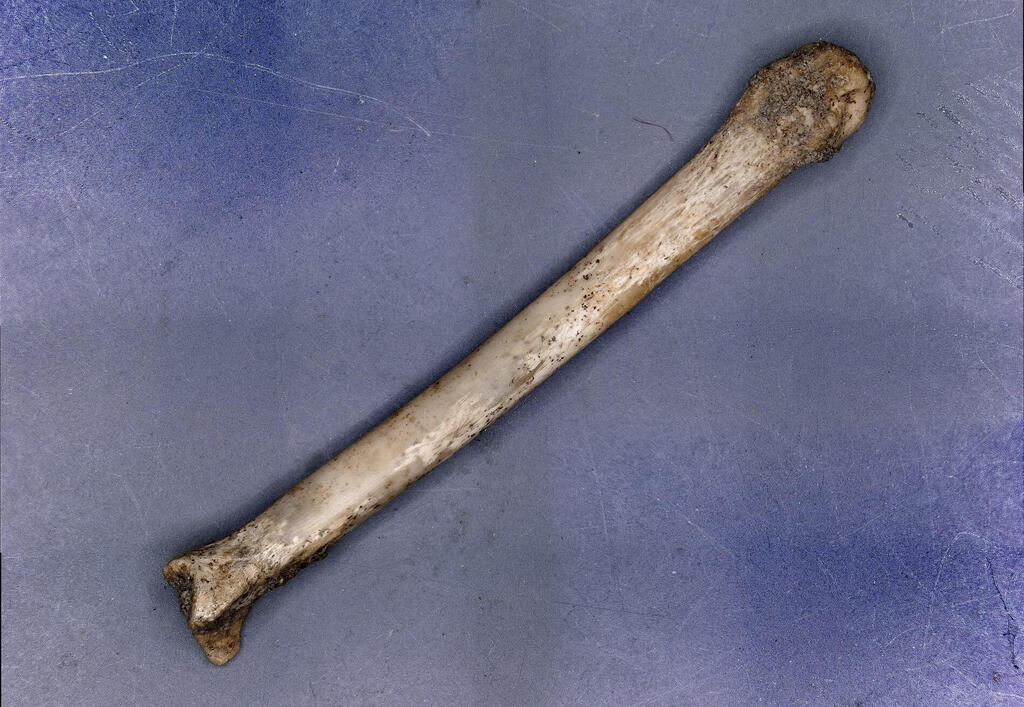Getting your Trinity Audio player ready...
Long before the debate on how the COVID-19 pandemic spread, it turns out that the red squirrel (Sciurus vulgaris), also known as the European squirrel, was responsible for the transmission of leprosy that spread among humans between the 9th and 14th centuries in medieval England.
"With our genetic analysis we were able to identify red squirrels as the first ancient animal host of leprosy," says Prof. Verena Schunemann from the University of Basel in Switzerland, who is one of the authors in the new study.
"Our findings highlight the importance of involving archaeological material, in particular animal remains, into studying the long-term zoonotic potential of this disease, as only a direct comparison of ancient human and animal strains allows reconstructions of potential transmission events across time, " added Dr. Sarah Inskip from the University of Leicester in the UK, who is also part of the research team.
Leprosy is one of the oldest infectious diseases documented in human history and is still prevalent today in Asia, Africa, and South America. Leprosy was common in medieval England and caused illness and deformity in both rich and poor people alike. While scientists have been investigating the evolutionary history of the bacterium causing leprosy, they didn’t know how it could have spread to humans from animals in the past, beyond several hints suggesting that red squirrels in England may have served as carriers.
In the new study published in the Current Biology journal, the researchers examined 25 samples of humans and 12 from red squirrels in an attempt to detect the bacterium Mycobacterium leprae at two archaeological sites in Winchester, founded during the Roman period as a city called "Venta Belgarum" and serving as the capital city of England before London.
3 View gallery


Illuminated manuscript showing woman with a red squirrel
(Illustration: British Library, Luttrell Psalter)
The historic city, located in the southwestern part of the UK, was known not only for leprosy (including a hospital for leprosy patients) but also for fur trading. In medieval times, red squirrel furs were widely used for ornamentation and making of warm clothing, so many people owned red squirrels, whether captured in the wild or raised as pets.
The researchers sequenced and reconstructed four genomes representing strains of Mycobacterium leprae from the medieval period, three from humans and one from a red squirrel. An analysis aimed at understanding the relationships between them found that all are linked to a single branch in the phylogenetic tree of the bacterium identified in 1873 in the muscle tissues of leprosy patients by the Norwegian physician Gerhard Armauer Hansen (hence its additional name "Hansen's bacillus").
The researchers found that the strain found in red squirrels from the medieval period was linked to humans from that time in Winchester more than modern squirrel strains from the UK, indicating that the infection spread among humans and animals in medieval times in a way that wasn’t previously identified. "The history of leprosy is far more complex than previously thought," Prof. Schunemann said.
"There has been no consideration of the role that animals might have played in the transmission and spread of the disease in the past, and as such, our understanding of leprosy's history is incomplete until these hosts are considered. This finding is relevant to today as animal hosts are still not considered, even though they may be significant in terms of understanding the disease's contemporary persistence despite attempts at eradication,” she added.
Prof. Shunemann also noted the importance of the COVID-19 pandemic, which has placed animals in the spotlight for understanding the entire issue of disease transmission between animals and humans.
"Our research shows that there is a long history of zoonotic diseases, and they have had and continue to have a big impact on us,” Dr. Inskip said.



